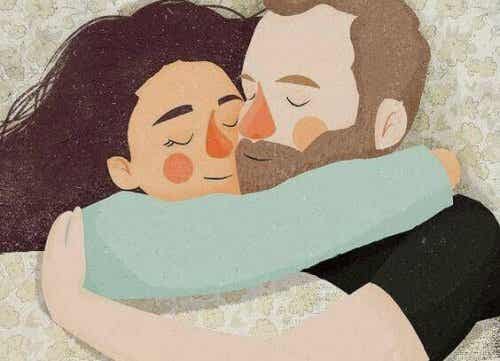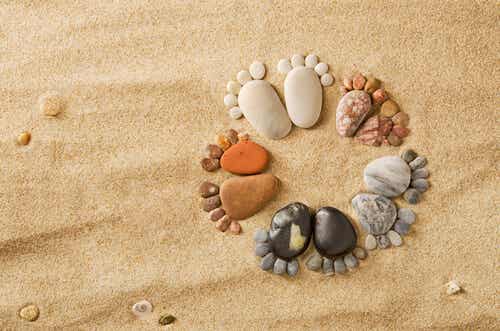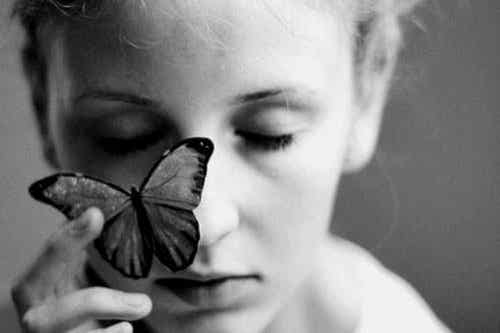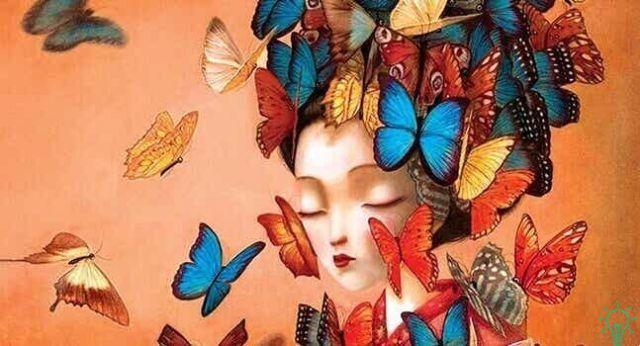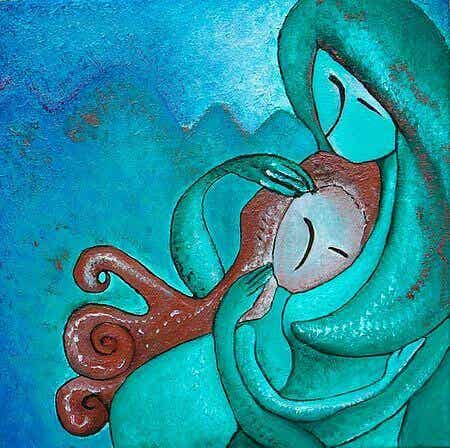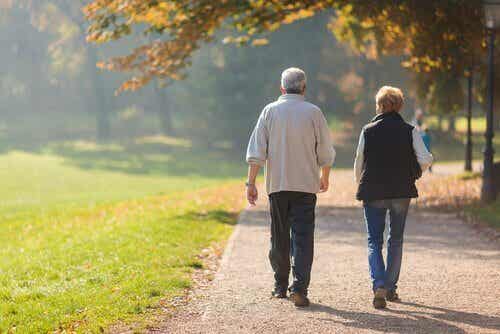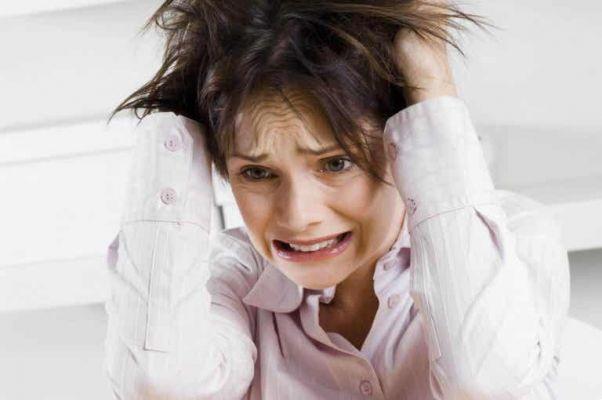
Last update: May 21, 2015
The function of anxiety is related to survival, as well as sadness, anger, fear or happiness. The organism, to preserve physical integrity in the face of certain threats, reacts differently. Whether it's fighting or fleeing, 20% of the world's population suffers from anxiety-related problems today, and most of these people are unaware of it.
When faced with a situation that puts the body on alert, the adrenergic system is activated. This is normal, for example, when we are hungry, as some signals are released to the central nervous system and our stomach rumbles. The dopaminergic system is the second that intervenes in this process; it is activated when you think you might lose something valuable. At such moments, the body becomes alert to the possibility of an imminent threat, which is not always real.
Anxiety can be considered adaptive when it appears in normal doses, as it helps us in our daily life. Always if the symptoms are mild, the body frees itself from harmful substances and in this way it is possible to solve everyday problems and avoid dangers.
However, the problem arises when the so-called "pathological anxiety" appears. It is a very common pathology in modern society. It develops with symptomatic pictures that have negative consequences, such as phobia, panic, obsessive-compulsive disorders, stress, agoraphobia, social anxiety or trauma. Anxiety in general is a feeling of anguish, fear and a desire to flee all the time.
Symptoms of anxiety are numerous, but the most frequent are vegetative hyperactivity (tachycardia, drowning sensation, excessive sweating, tremor, nausea, insomnia, muscle weakness, stiffness, restlessness, problems in communicating, obsessive and negative thoughts, etc.) .
If not treated properly, it can turn into panic attacks, during which the person is afraid of dying, passing out, or having an accident.
Techniques for calming anxiety
Once you have been diagnosed with anxiety, the first thing to do is to learn and practice some effective and fairly well-known techniques to calm this problem. One of these is EFT, which is based on acupuncture and allows the patient to release emotional tension with small strokes repeated every 6 seconds in different areas of the body.
The effectiveness of this technique is scientifically proven: it helps to combat problems such as post-traumatic stress disorders, insomnia, fear, phobias, allergies, panic attacks, anxiety, traumatic memories, lack of concentration, obsessions, depression, sadness, pain, dyslexia, negative memories, nightmares, low self-esteem, obesity, self-esteem, etc.
It may also be suitable for people who are trying to quit smoking or continually have food anxiety. After this process, food or cigarette anxiety will almost disappear, as if by magic.
The EFT process consists of 14 points related to the energy channels (the main meridians of the body) that are used in acupuncture. Even if it is good to know them all, it is sufficient to stimulate those of the face and chest, with the exception of the point located under the chest, which can be annoying for women to stimulate.
The points that work to treat or relieve anxiety problems are the beginning of the eyelashes, the side of the eye (in the bone), under the eye, nose and mouth, the beginning of the collarbone and below. chest.




